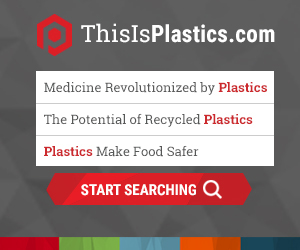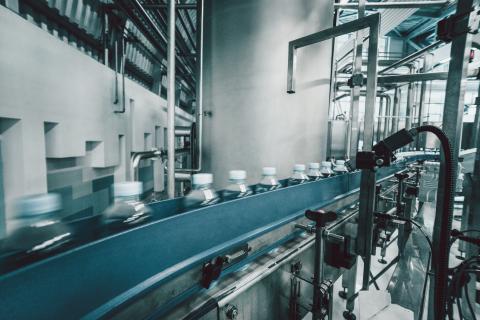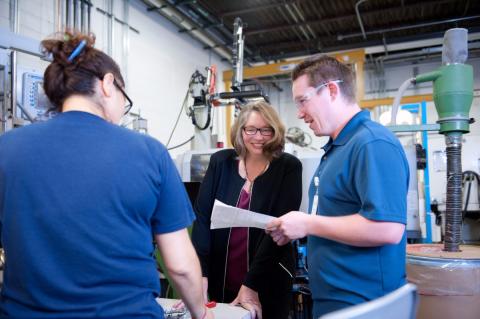Food Packaging Coalition Frequently Asked Questions
Food Packaging Coalition's Frequently Asked Questions
-
How is the safety of a packaging material determined?
Before a packaging material can be placed on the market, the manufacturer is required by law to ensure that it will be safe for its intended use. The safety of all materials is established under the Food and Drug Administration’s (FDA) legal and regulatory framework, and may be demonstrated by an FDA approval in the form of a food additive regulation or effective Food Contact Notification (FCN). Safety is demonstrated by considering the chemical identity and amount of any substances that may migrate from the material to food, calculations of the estimated dietary exposure to the substances, and toxicological data that are available.
-
Does FDA regulate materials used to package food?
All food packaging materials are regulated by FDA, under authority granted by the Federal Food, Drug, and Cosmetic Act(FD&C Act). The law and FDA’s implementing regulations establish a comprehensive, science-based federal regulatory program that employs scientists with extensive knowledge and training in complex scientific areas to evaluate the use of packaging materials. FDA has assigned an entire office, the Division of Food Contact Notifications, which employs approximately 35 chemists, toxicologists, and other scientific staff, for the purpose of evaluating the safety and environmental impact of chemicals used to produce packaging.
-
Do any materials transfer from the package to food?
Packaging is carefully designed to prevent the transfer of its components to food. Nevertheless, there is the potential for substances to migrate to food, which is why the FD&C Act requires that if a substance is reasonably expected to become a component of food when the packaging material is used as intended, then that substance must be either the subject of a premarket approval by FDA or it must be exempt from regulation, as determined on a case-by-case basis. Although substances can migrate from packaging, under FDA’s regulations the amount of migration and potential dietary exposure must be demonstrated to be safe on the basis of available toxicological data. FDA has established tiered requirements for the amount of toxicological data needed to support the safety of substances that may migrate to food, with safety data needed even to support dietary exposures as low as one drop of water diluted into 50 liters (roughly the fuel tank capacity of a compact car).
-
What manufacturing requirements must packaging materials meet to ensure products are safe?
Under FDA law and regulations, all packaging materials must be produced under good manufacturing practices to ensure they are safe and suitable for use in contact with food. Manufacturers must ensure that their packaging materials do not impart to the food any unsafe substances and do not change the taste or odor of food. Manufacturers are obliged to take all reasonable steps necessary to minimize the potential presence of unsafe substances in the material, and to institute procedures that will ensure the finished product is suitable for its intended use. FDA also has established current Good Manufacturing Practices (cGMP) in its regulations for food processing plants that are manufacturing, packing, or holding human food. These regulations address general requirements for buildings, grounds, equipment, and production and process controls (including warehousing and distribution) to ensure that food packaging materials are safe when placed into contact with food.
-
Does FDA review all packaging materials?
When there is the potential for more than insignificant amounts of dietary exposure to a substance from the use of a packaging material, FDA reviews the safety of those substances through the FCN program. Nevertheless, the FD&C Act does provide for exemptions from the need to obtain a specific premarket approval from FDA, which must be assessed on a case-by-case evaluation of the intended use of the particular material. The first exemption is for substances that do not migrate to food, such as materials used on the exterior of a metal can. Because they are designed to be inert, many food-contact materials will not transfer or migrate into food. If the manufacturer of a food-contact material can demonstrate that the material will not become part of the food, then there would be no subsequent dietary exposure to the substance and no approval from FDA is necessary. Another exemption is for materials that are generally recognized as safe (GRAS). General recognition of safety requires general agreement among the experts in a field, based on published data indicating that a substance will be safe for its intended use.
-
How does FDA clear new materials or what is the FCN program?
In 1997, Congress passed a new law that provided FDA the updated authority to establish a new, and more efficient, procedure for the evaluation of new materials. FDA now overwhelmingly conducts its review of food-contact materials through the Food Contact Notification (FCN) program, as this new procedure became known. Under the FCN program, a manufacturer or supplier of a food-contact material may submit a notification to FDA regarding the identity and use of the food-contact material, along with information supporting the conclusion that the material is safe for the intended use. Once a material is cleared by FDA, the Agency continues to monitor public information and safety data that may question whether the use of the material continues to be safe.
-
Are packaging materials also safe for infants and children?
When a manufacturer or FDA evaluates a packaging material, one of the primary considerations is the intended use. In all cases, the safety of a packaging material is determined on the basis that there is the potential for exposure to a material through the entirety of a person’s lifetime. In some cases there may be reason to believe that infants and children may have the potential for heightened exposure because one particular type of packaging material is used in contact with a high percentage of the diet. The best example of this is infant formula, where an infant may consume all of its formula from one specific packaging type. For many years, FDA has paid particular attention to the safety of and nutrition provided by infant formula. Indeed, manufacturers are required to notify FDA before placing infant formula on the market, and the packaging material is one component of the notification. Both FDA and packaging manufacturers have increased their focus on the safety of packaging materials that could be used in contact with food for infants and children, in response to new developments in the areas of infant toxicology and developmental toxicology. The safety evaluation for such materials may require separate consideration of the potential dietary exposure to infants, accounting for the smaller body weight of infants and children, and the potential for high level intake of certain foods. This separate evaluation may result in the need for additional toxicity data to support safety, and particularly to address additional infant-specific endpoints.
-
How about packaging for food that is imported?
All packaging material that is used in contact with food in the United States must comply with U.S. laws and regulations. Thus, packaging materials that are produced abroad are subject to the same high safety standards as those materials produced domestically. Indeed, many manufacturers produce materials for sale worldwide, and often rely upon a clearance and/or safety determination established under the U.S. regulatory system to support sale of the product in other countries.
-
How do I know what is in a packaging material?
When it comes to plastic packaging, one good starting point is the numeric code on the bottom of the package. The Society of the Plastics Industry (SPI) established these “resin codes” many years ago, to assist with the recycling of materials, and they have since been transferred to ASTM as part of the standard ASTM D7611/D7611M -10. Many common packaging plastics correlate with a specific resin code – for example, resin code “1” refers to plastic made from polyethylene terephthalate (PET or PETE). For more detailed information about substances that are permitted for use in plastics, paper, coatings, and other packaging materials, FDA’s indirect food additive regulations at 21 C.F.R.Part 174-186 provide detailed lists of substances that have been approved by the Agency for use in food packaging materials. For more recent approvals, FDA has a publicly available online inventory of effective FCNs. All of these materials can be found on FDA’s website.
-
Who is responsible for ensuring packaging material is safe?
The entire food packaging supply chain works to ensure that their products are safe and suitable for use in contact with food. Manufacturers, from chemical companies to finished packaging material suppliers and food companies are obligated to ensure the legal compliance of the packaging materials that they sell and use. These companies work with FDA to ensure that all materials have the necessary premarket approvals, and that they are produced and maintained under safe and sanitary conditions.








